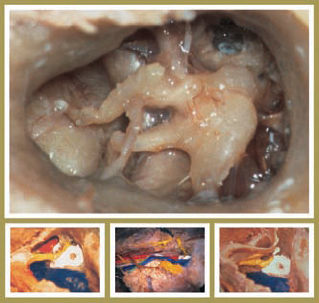I General Aspects Within the surgical communities, there is a misbelief that surgical techniques were established during the post-war years of the twentieth century. However, publications from the nineteenth and early twentieth centuries refer to earlier pioneering work in these techniques, and, in fact, the origin of surgical techniques can be traced back hundreds, if not thousands, of years. As with other areas of medicine, the second half of the twentieth century witnessed a major revolution in surgery. However, this revolution did not arise from nothing; this period was actually an era of refinement of existing knowledge and practice. There was an increase in the level of care for human health in general, a development of pharmaceutical treatments including antibiotics, an advance in the safety and use of anesthesia, an improvement in the design of surgical instruments and related technology, increased growth in the awareness of the necessity for documentation, and an increase in the sharing of medical knowledge as a result of advances in communication. In combination, these developments enabled review, revision, and modification of surgical techniques, resulting in a higher percentage of surgical success. The distinctions made above, I believe, are extremely important. There has always been some form of surgery in existence; therefore, surgeons today cannot fulfill their responsibilities by practicing at an average level. The modern age demands a far greater level of surgical expertise. Besides, one must not forget that the twenty-first century may bring with it even more surprising advances. It may be that this century will witness robot-led surgery, or even competition between genetic engineering and surgical practices. With the future possibilities in twenty-first century surgery, as with challenging achievements of the past, it is essential that we keep in mind the importance of contemporary “good” surgical practices, in other words “good surgery”. For the execution of “good surgery”, first the “correct procedure” must be identified. Second, a “good surgical technique” must be adopted, and third a “short operating time” should be achieved. This sequence is very important. Simply carrying out a procedure in a “short time” leads to a vicious cycle of poor surgical practices. In fact, through the combination of “correct procedure” and “good technique”, the ability to carry out a procedure in a “short time” is eventually achieved. In the context of otology and neurotology, the concept of “good surgery” is based on the following components: By doing temporal bone dissections, attending courses, and reading atlases on temporal bone dissection, a surgeon can learn all these three components simultaneously; which would eventually result in being able to define the “correct procedure”, to have a “good surgical technique”, and to perform it in a “short time”. This training cannot be substituted by any other training method in ear and skull base surgery.

1 Introduction
< div class='tao-gold-member'>
Introduction
Only gold members can continue reading. Log In or Register to continue

Full access? Get Clinical Tree


